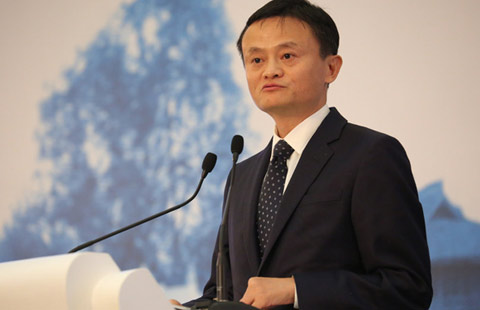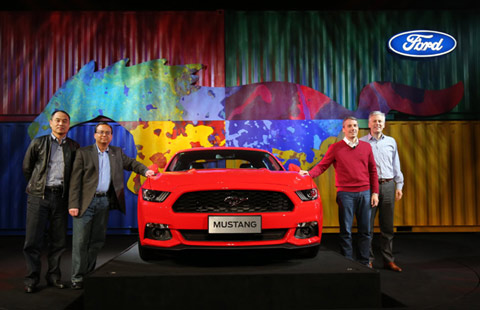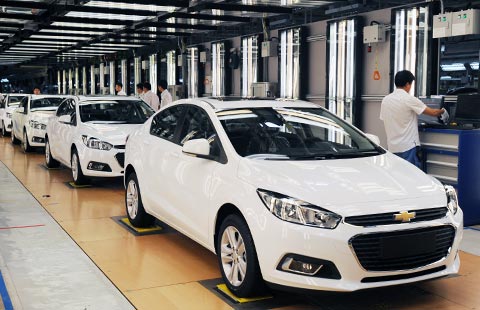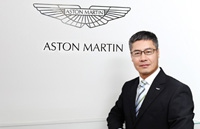Boom time ahead for budget carriers in China
By Wang Wen (China Daily) Updated: 2015-01-22 08:00"Okay Airways is interested in the low-cost model in the regional aviation market, especially in western China," Liu Weining, chief executive officer of Okay Airways Co Ltd, told China Daily.
HNA Group, which is the fourth-largest airline group in China, is taking more radical steps.
The group already has two established low-cost subsidiaries-West Air and Hong Kong Express Airways Ltd. Its two new joint ventures with local governments-Urumqi Airlines Co Ltd and Fuzhou Airlines Co Ltd-also adopt some low-cost strategies.
"In future, all subsidiaries of HNA Aviation Group will work as low-cost carriers and the group plans to only keep Hainan Airlines as a flagship carrier providing full service," said Wang Yingming, executive vice-president of HNA Group.
HNA Group and all the other airlines interested in the low-cost model have been given positive signals from the government.
The Civil Aviation Administration of China released a document to promote the low-cost carriers' development in February 2014.
The measures it announced cover six main areas: fleet growth, route and airport slots applications, approval of startups, service categories and low-cost airport construction.
China's aviation market already has the conditions to develop low-cost carriers, said Zhou Laizhen, deputy director of the CAAC. Some progress has been achieved, although it will take some time for the regulations to be fully effective.
Spring Airlines spent a lot of effort and time cutting unnecessary services, adding fee-based items and providing lower fares. But the process of becoming a budget carrier has become much simpler, due to changing regulations.
It only took one year for 9Air to get operating approval and run its first flight. 9Air signed a 50-plane deal with Boeing Co for B737s in May 2014. That was the largest order so far for a Chinese privately owned airline.
Chinese carriers have to think about transformation of their model, since the world aviation sector has suffered from slow growth in recent years, weighed down by rising staff and fuel costs as well as recession in many countries.
Despite the challenges, Chinese passengers have generally accepted the low-cost model, said Wang Zhijie, senior vice-president of Spring Airlines.
But such carriers still need to educate travelers about the differences between low-cost and full-service airlines, especially when it comes to fees for individual services. And some passengers complain about poor service on budget airlines, although they enjoy the low fares.
It is difficult for Chinese low-cost airlines to cut some costs, including airport fees and fuel costs.
Because of these challenges, experts said that Chinese low-cost carriers still have a long way to go.
"The market room for Chinese low-cost carriers exists, but they will develop robustly rather than booming in a short time," said Li Xiaojin, professor at the Tianjin-based Civil Aviation University of China.
- Goubuli to manage Australian coffee house brands
- Risks lurk in P2P lending sector, ratings agency warns
- Top 9 policies to influence China's economy in 2015
- China's 'new normal' of investment brings new opportunity for win-win
- Chinese business tycoons in Davos
- Ministry confident of stable trade growth in 2015
- Tencent's apps lead China's mobile Internet industry
- China budget carrier listed on Shanghai bourse

















